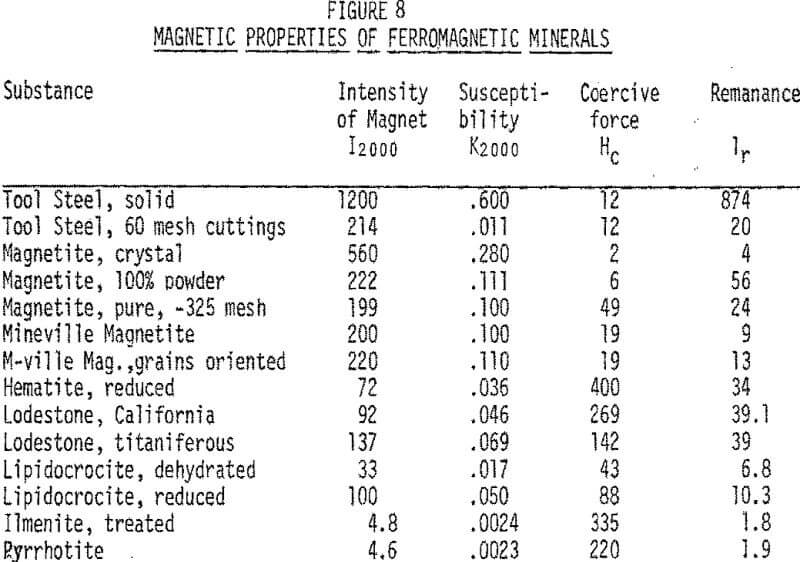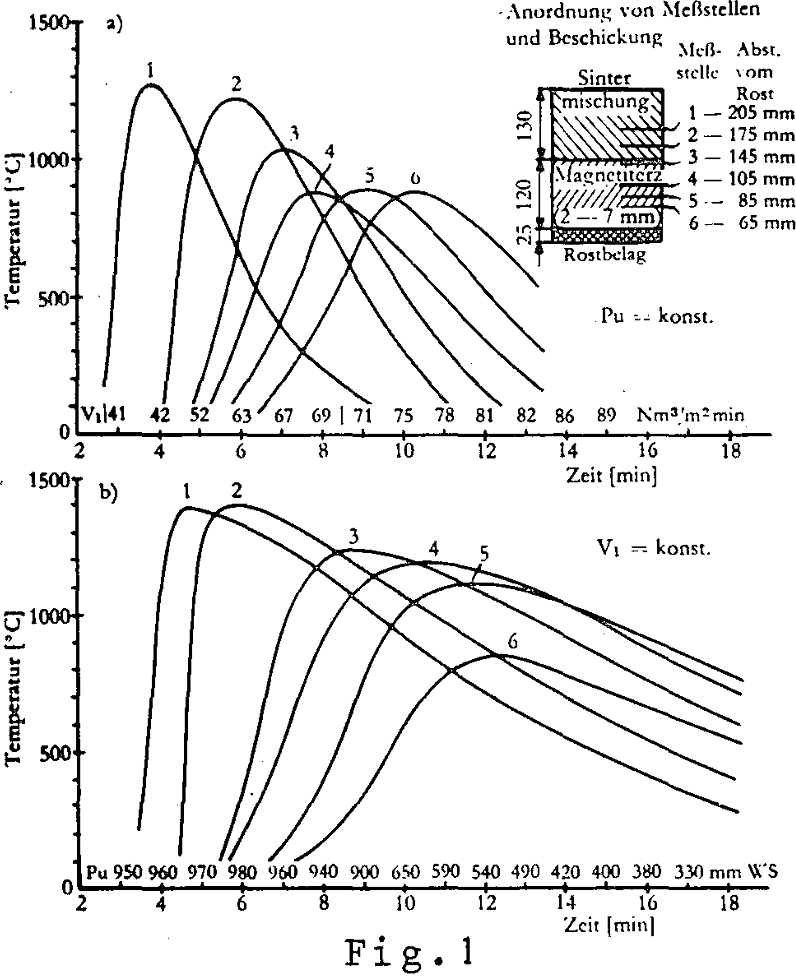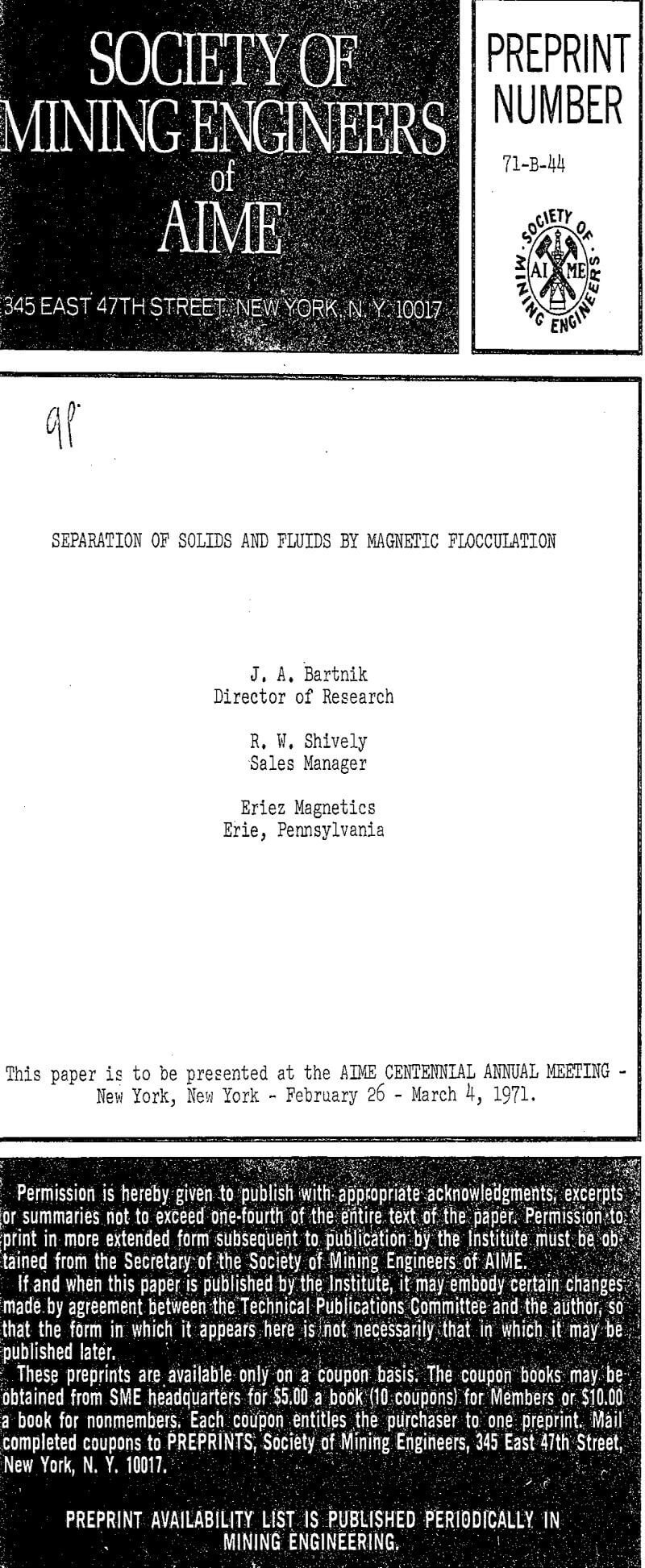Flocculation, the process of coagulation or coalescence of finely divided particles, is commonly used in separating fine solids from fluids. Forces disposing of the particles to flocculate include: ionic forces of attraction, secondary entropic forces, and magnetism.
Magnetic flocculation is due to a physical magnetizing process which affects suspended ferromagnetic particles. Such particles, after exposure to magnetic fields strong enough to cause reorientation of the particles and alignment of the induced magnetic poles, tend strongly to retain this induced magnetism, as the magnetic retentivity of ferromagnetic particles is a linear function of its specific surface.
Industries such as mining and steel use magnetic flocculators for the following reasons:
- increase the settling rate of solids, thus reduce the size and cost of dewatering equipment such as thickeners, settling basins, etc.;
- reduce losses of fine valuable solids such as magnetite, ferrosilicone, nickel powder, mill scale, etc.;
- produce cleaner water, thus reduce the maintenance and pollution problems;
- increase the difference in settling rates between the flocculated magnetite and the unflocculated gangue slimes, e.g. upgrade magnetite concentrate in hydrosizer.
- improve performance of centrifuges removing solids from steel plant effluents;
- improve the filtering rates of ferromagnetic products and reduce the blinding of filter cloth;
Magnetic flocculators should be placed preferably over the vertical pipelines and positioned near the feed entry into the thickener or settling basin. The pipe section in the magnetic flocculator must be of nonmagnetic material as ferromagnetic material in this area diverts magnetic lines and does reduce the field inside the pipe. In normal applications, the effluent flow through the magnetizing area is less than ten feet-per-second and the standard permanent flocculators have in the center of the gap field intensity of 600 gauss or 1000 gauss.




